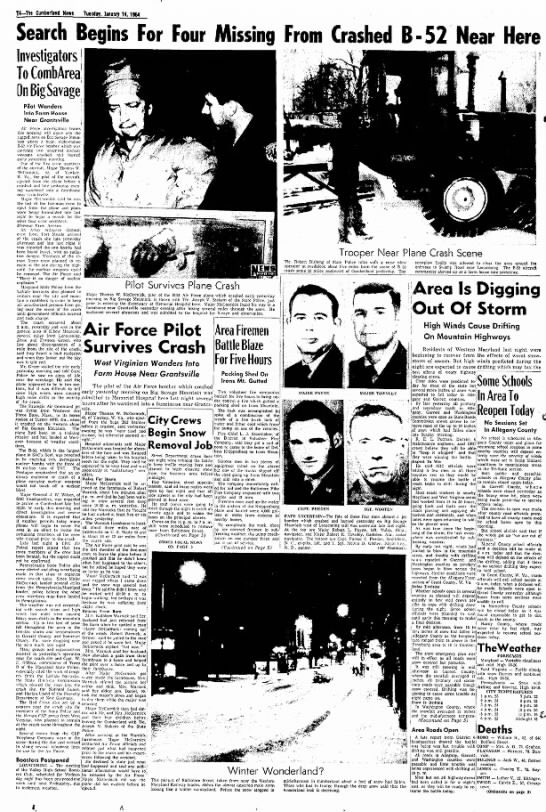
Today in 1986, Mikhail Gorbachev, General Secretary of the Communist Party of the Soviet Union, publicly issued a bold and unprecedented three-stage proposal for eliminating all nuclear weapons worldwide by 2000. Most of President Reagan’s advisers rejected it as propaganda. 

Twenty-one days after first putting out his detailed proposal, Gorbachev purchased a full-page advertisement in the February 5 edition of the New York Times (see above) to help get the word out, because—as far as he could tell—no one in the US government was taking it seriously.
Here is Gorbachev’s January 14, 1986, letter to President Reagan laying out the the rationale and objectives for his sweeping nuclear disarmament plan, sent one day before the proposal appeared as an advertisement in the New York Times: nsarchive.gwu.edu/document/22092… 

After reading the letter, then-Secretary of State George Shultz rushed to the White House to tell Reagan that Gorbachev had proposed the global elimination of nuclear weapons by 2000. Reagan responded, “Why wait until the year 2000?,” presaging the Reykjavik Summit that October.
At the time of this offer, the United States and the Soviet Union respectively possessed 23,317 and ~40,159 nuclear weapons. Thanks to significant bilateral and unilateral reductions starting in 1988, today the United States has 5,600 (76% less) and Russia has ~6,257 (84% less). 

Globally, in 1986 eight states controlled an estimated 64,449 nuclear weapons. Today, nine states control an estimated 13,150 nuclear weapons—with the United States and Russia possessing 90 percent of those weapons. That’s an 80% reduction over 36 years. 

• • •
Missing some Tweet in this thread? You can try to
force a refresh



















